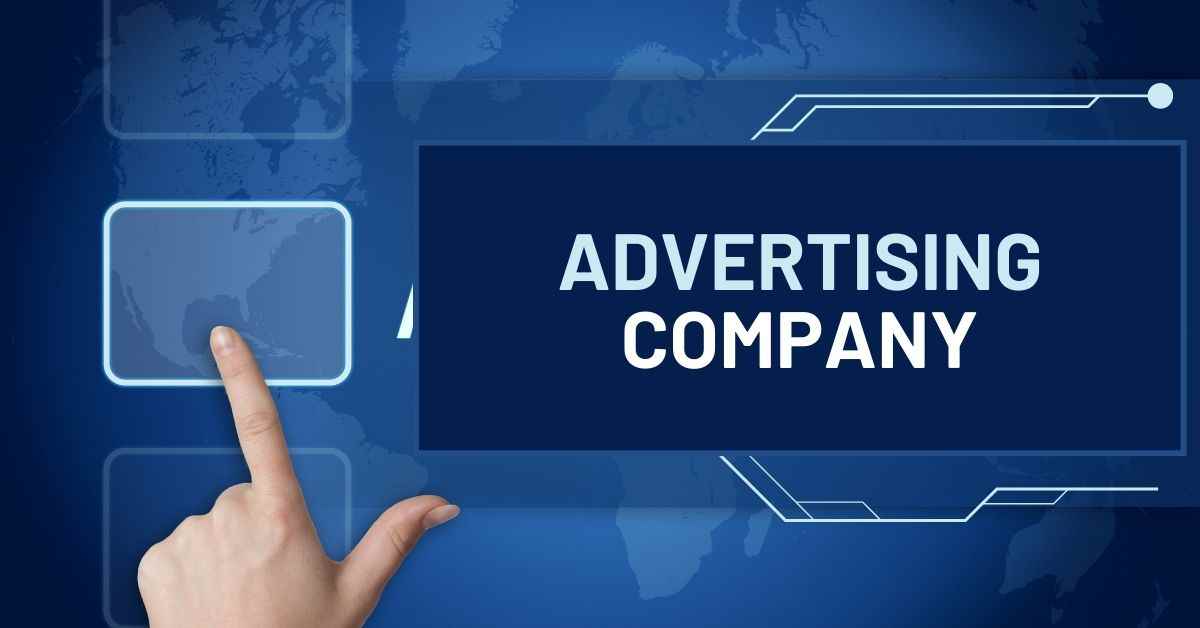A growing number of companies are embracing product-led growth. These companies prioritize their products over other growth tactics and achieve great success at lower customer acquisition costs.
Often, they offer free trials or freemium products (limited by time or functionality) that lead to conversion. They also employ product analytics to monitor user behaviors and make improvements that increase retention and boost conversion rates.
1. Scale Efficiently
Product-Led Growth puts a business’s product at the center of its go-to-market efforts, with marketing and sales teams supporting the product. For example, companies that adopt this strategy often allow users to experience their products for free, and the product itself sells itself by encouraging users to share the product with others and pay for more features.
This allows a company to scale its user base without having to spend money on ad campaigns or hiring more salespeople. It also makes it easier for the company to identify and grow virtuous growth loops (aka “flywheels”), which drive customer retention and sales.
Examples of product-led growth include self-service trials, freemium, and inherently viral products like Slack, SurveyMonkey, and Calendly. These product-focused strategies still require a sales team to help facilitate the sale and provide support, but they increase the efficacy of these more traditional methods by allowing a company to scale its user base faster and more efficiently.
2. Increase Profitab
The product-led growth strategy prioritizes building a product that acquires and onboards users without the need for expensive salespeople or marketing campaigns. Users stick around, pay for premium features, and bring in other users through word-of-mouth. This creates a self-replicating flywheel that enables businesses to grow organically and stay profitable.
When companies adopt a PLG mindset, they focus their resources and time on improving the product so that it can meet users’ needs and provide them with an excellent experience. This requires internal alignment, starting at the executive level. It also involves refocusing the attention of all digital-facing teams (marketing, customer success, engineers) to work toward the same goals rather than operating on disparate wavelengths.
Pinterest is an example of a company that leveraged PLG to increase profits. They made changes to their product that personalized content for male users, resulting in one of the fastest-growing segments of the user base. This type of personalization is not typically possible with a traditional marketing approach.
3. Build a Strong Customer Base
Product-led growth companies often prioritize building a world-class product that solves a large market need. Rather than investing in high marketing and sales costs, product-led growth companies rely on users to bring in new customers. This can be done in many ways, from providing free trials and products to onboarding users into premium options over time. Some examples of this include Slack and Dropbox.
In order to implement a successful product-led growth strategy, all teams need to be aligned on the metrics that drive sustainable success. This can be challenging, as adopting a PLG approach will likely require rethinking what your product is used for and how your team measures success.
For example, if your product experiences low activation rates after signup, you may need to change the user experience to provide a better first impression. Kontentino recently doubled their signup rate by changing the 8-step signup flow to show users a template they had selected during signup.
4. Build a Strong Team
In a product-led growth company, the team prioritizes building a world-class product that is attractive to users. They understand that they cannot rely on traditional marketing or sales strategies to bring in customers, so they must focus on developing an app that solves a problem that their market has and makes it easy for them to adopt and use.
Software development giant Atlassian, for example, focuses on product-led growth tactics to drive acquisition, activation, conversion, and retention. They simplify the buyer’s journey and encourage adoption with helpful resources and a transparent pricing plan. They also minimize friction by limiting the number of steps required to sign up and try their product.
They then offer a free trial with limited functionality bounded by time or functionality, and they provide prompts to encourage users to purchase the full version once they’ve gained value from the product. This allows the product to do most of the work in bringing in new customers, and it reduces customer acquisition costs.





